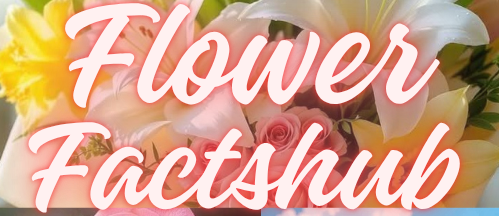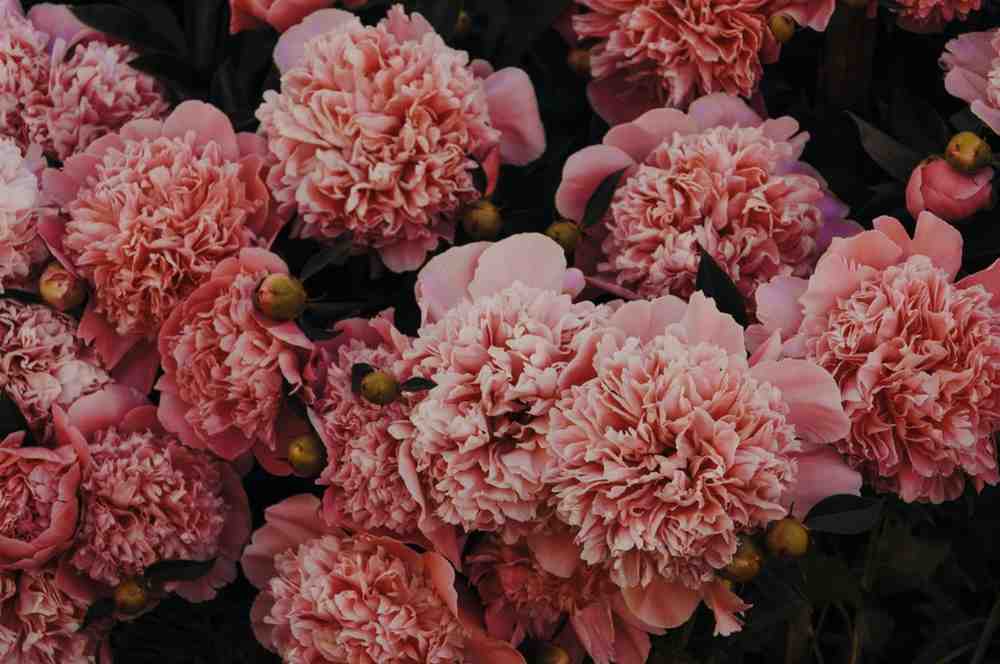If you’re a flower follower or just someone looking to add some color and charm to your garden or home, carnation flowers should definitely be on your sensor. Known for their ruffled petals and vivacious colors, carnations are multipurpose, easy to care for, and perfect for any occasion. Whether you’re a seasoned gardener or a newbie, this detailed guide will provide you with everything you need to know about carnations from care tips to their symbolism, and how to use them to brighten your space.
What Are Carnation Flowers?
Carnations (Dianthus caryophyllus) are herbaceous perennial plants that produce long-lasting blooms and release a sweet, spicy fragrance. They offer a wide range of colors, including classic pink, red, white, yellow, and bi-colored varieties. People often associate carnations with Mother’s Day and weddings because these versatile flowers brighten any occasion.
As one of the oldest cultivated flowers, carnations originated in the Mediterranean region. Their name likely comes from the Latin word carnatio, meaning “flesh,” referencing their soft pink hues. However, they also bloom in vibrant reds, whites, yellows, pinks, and purples, making them a popular choice for bouquets.
Gardeners and florists love carnations for their frilled petals and clove-like scent. Many use them in weddings, Mother’s Day gifts, and other special events to add elegance and warmth
The Symbolism of Carnation Flowers
Before we dive into the practical care tips, let’s take a moment to appreciate the rich symbolism behind carnations:
- Red carnations express love and admiration, making them perfect for romantic occasions like Valentine’s Day or anniversaries.
- Pink carnations honor a mother’s love, which is why people frequently gift them on Mother’s Day.
- White carnations signify pure love and good luck, so many couples choose them for weddings and celebrations.
- Yellow carnations traditionally convey rejection or disappointment, but they can also represent friendship.
- Purple carnations symbolize capriciousness, often adding charm and fascination to floral arrangements.
With their variety of colors, carnations can convey a range of emotions, making them an ideal choice for both personal and professional occasions.
Why Grow Carnation Flowers?
- Low Maintenance: Carnations are relatively easy to grow, making them perfect for beginners.
- Long-Lasting Blooms: Their flowers can last for weeks, both in the garden and as cut flowers.
- Versatility: They thrive in gardens, containers, and even as indoor plants.
- Symbolism: Carnations carry deep meanings, making them perfect for gifting.
How to Grow and Care for Carnation Flowers
Carnations are relatively easy to grow, whether you’re planting them in the ground or in containers. Here are some practical tips for planting and caring for these beautiful blooms:
1. Location
Carnations thrive in full sun, so make sure to plant them in an area that gets at least 4-6 hours of direct sunlight every day. Whether you’re planting in a garden bed, window boxes, or pots, the more sunlight they get, the better they will bloom.
2. Soil
Carnations prefer well-drained soil that is slightly alkaline, with a pH level between 6.5 and 7.5. If your soil is heavy or clay-like, consider adding organic matter or compost to improve drainage. Good drainage is essential to prevent root rot and ensure healthy growth.
3. Watering
While carnations don’t like sitting in waterlogged soil, they do require consistent moisture, especially during their growing season. Water deeply at the base of the plant, ensuring the soil is moist but not soggy. Be careful not to overwater, as this can cause the roots to rot. Once established, carnations are somewhat drought-tolerant, but regular watering helps them thrive.
4. Fertilizing
Carnations aren’t heavy feeders, but they do benefit from a light application of balanced fertilizer during the growing season. Use a slow-release fertilizer or organic options like compost to provide essential nutrients. Avoid fertilizing too much, as this can result in weak growth or fewer blooms.
5. Deadheading and Pruning
To encourage more blooms, be sure to deadhead carnations regularly. This means removing spent flowers once they begin to fade. Cutting off these spent blooms helps the plant redirect energy into producing new flowers, rather than forming seeds. Pruning is also important to maintain the plant’s shape and health. Remove any dead or diseased stems to prevent potential issues and improve airflow.
6. Protecting from Pests and Diseases
Like many garden plants, carnations can be susceptible to pests and diseases. Common issues include aphids, spider mites, and fungal infections like powdery mildew. To keep pests at bay, regularly inspect your plants and remove any affected leaves or stems. You can also treat pest infestations with insecticidal soap or neem oil. Ensure proper spacing between plants to improve air circulation, which helps prevent fungal diseases.
7. Winter Care for Carnations
While carnations are hardy in USDA zones 3-9, they may need some protection in colder climates. If you live in an area with harsh winters, consider covering your plants with mulch to insulate them and protect the roots from freezing. For container-grown carnations, you can bring them inside during the coldest months to extend their lifespan.
Carnations in Flower Arrangements
Carnations are incredibly versatile when it comes to flower arrangements. Whether you’re creating a stunning centerpiece for a wedding, a bouquet for a birthday, or a simple vase for your home, carnations add beauty and elegance to any setting. Here are some creative ways to incorporate carnations into your floral displays:
- Bouquets: Combine carnations with other flowers like roses, lilies, or baby’s breath for a colorful and textured bouquet.
- Weddings: Carnations are a popular choice for wedding arrangements. You can use them in bridesmaid bouquets, centerpieces, and corsages for an elegant touch.
- Mother’s Day: Gift a beautiful bouquet of carnations to show appreciation and love. Pair them with a handwritten card for an extra special touch.
- Sympathy arrangements: Florists often use white carnations in sympathy arrangements to express respect and admiration for the deceased.
How to Make Carnations Last Longer in a Vase
To enjoy your carnations for as long as possible, follow these simple vase tips:
- Trim the stems: Cut about 1 inch off the stems at a 45-degree angle before placing them in water. This helps the flowers absorb water more efficiently.
- Change the water regularly: To prevent bacteria growth, change the water every 2-3 days.
- Remove wilting flowers: Regularly remove any dying or wilting blooms to keep the arrangement fresh.
Interesting Facts About Carnation Flowers
Carnations might not always steal the spotlight like roses or lilies, but they’re full of charm, history, and some surprising secrets. Once you get to know them better, you’ll probably find even more reasons to appreciate these messy beauties. So, let’s dive into some fascinating facts about carnations that make them far more interesting than they first appear.
1. Carnations are over 2,000 years old
To begin with, carnations are not new to the floral world. In fact, they’ve been around for over two millennia! Historians trace their roots back to ancient Greece and Roman, where people used them in ceremonial crowns and decorations. Because of this long history, carnations are often considered one of the oldest cultivated flowers.
2. They’re known as the “Flower of the Gods”
Interestingly, the scientific name for carnations is Dianthus caryophyllus. “Dianthus” comes from the Greek words dios (god) and anthos (flower) which literally means “flower of the gods.” Not only is that poetic, but it also shows how highly these flowers were regarded in ancient times.
3. Each color has a unique meaning
Moreover, carnations are famous for their color meanings. While red signifies love and admiration, pink stands for gratitude and motherly love. White symbolizes purity and good luck, and yellow can express rejection or cheerfulness depending on the context. As a result, carnations are incredibly versatile for different occasions.
4. Carnations are long-lasting
Unlike many other flowers that wilt within days, carnations stay fresh for up to two weeks when properly cared for. Because of this, florists often choose carnations for arrangements that need to last whether it’s wedding decor or sympathy bouquets.
5. They’re edible
Believe it or not, carnation petals are edible! People sometimes use them to decorate cakes, add color to salads, or even infuse into tea. However, it’s important to ensure they’re pesticide-free and grown organically if you plan to eat them.
6. Carnations have inspired literature and art
In addition to their beauty, carnations have also inspired poets, painters, and storytellers. They’ve appeared in Renaissance paintings, classic novels, and even folklore. For example, some stories claim that carnations first bloomed from the tears of the Virgin Mary giving them a spiritual, symbolic meaning.
7. They’re the official flower for Mother’s Day
Here’s another sweet fact: carnations are the original Mother’s Day flower. In the early 1900s, Anna Jarvis who founded the holiday in the U.S. chose white carnations to honor her mother. Since then, pink and red carnations have become the go-to blooms for celebrating moms around the world.
8. Carnations are surprisingly affordable
Finally, despite their elegance and emotional value, carnations are budget-friendly. They offer the beauty of high-end flowers at a much more affordable price, making them perfect for large events, thoughtful gifts, or everyday arrangements.
Final Thoughts
Carnation flowers are timeless, beautiful, and incredibly easy to care for. Whether you’re growing them in your garden, using them in flower arrangements, or gifting them to a loved one, carnations never fail to impress. With their vibrant colors and rich symbolism, they’re sure to add beauty and meaning to any occasion.
Give your carnations plenty of sunlight, well-drained soil, and regular care, and they’ll reward you with gorgeous, long-lasting blooms all season. Add these stunning flowers to your home or garden they’ll bring joy and elegance wherever you place them.
Frequently Asked Questions (FAQs)
Q1: What do carnation flowers symbolize?
Carnations symbolize love, admiration, and affection. Different colors carry unique meanings red for love, pink for gratitude, and white for purity.
Q2: Are carnations annual or perennial flowers?
Carnations can be either annuals or perennials, depending on the variety and climate. In warm regions, many types return year after year.
Q3: How do I grow carnations at home?
Plant carnations in well-draining soil with full sun exposure. Water moderately, and avoid overwatering to prevent root rot.
Q4: When do carnations typically bloom?
Carnations usually bloom in late spring to early summer, although some may continue blooming through the season with proper care.
Q5: Can I grow carnations in pots or containers?
Yes! Carnations do well in containers as long as they have good drainage and receive plenty of sunlight.



